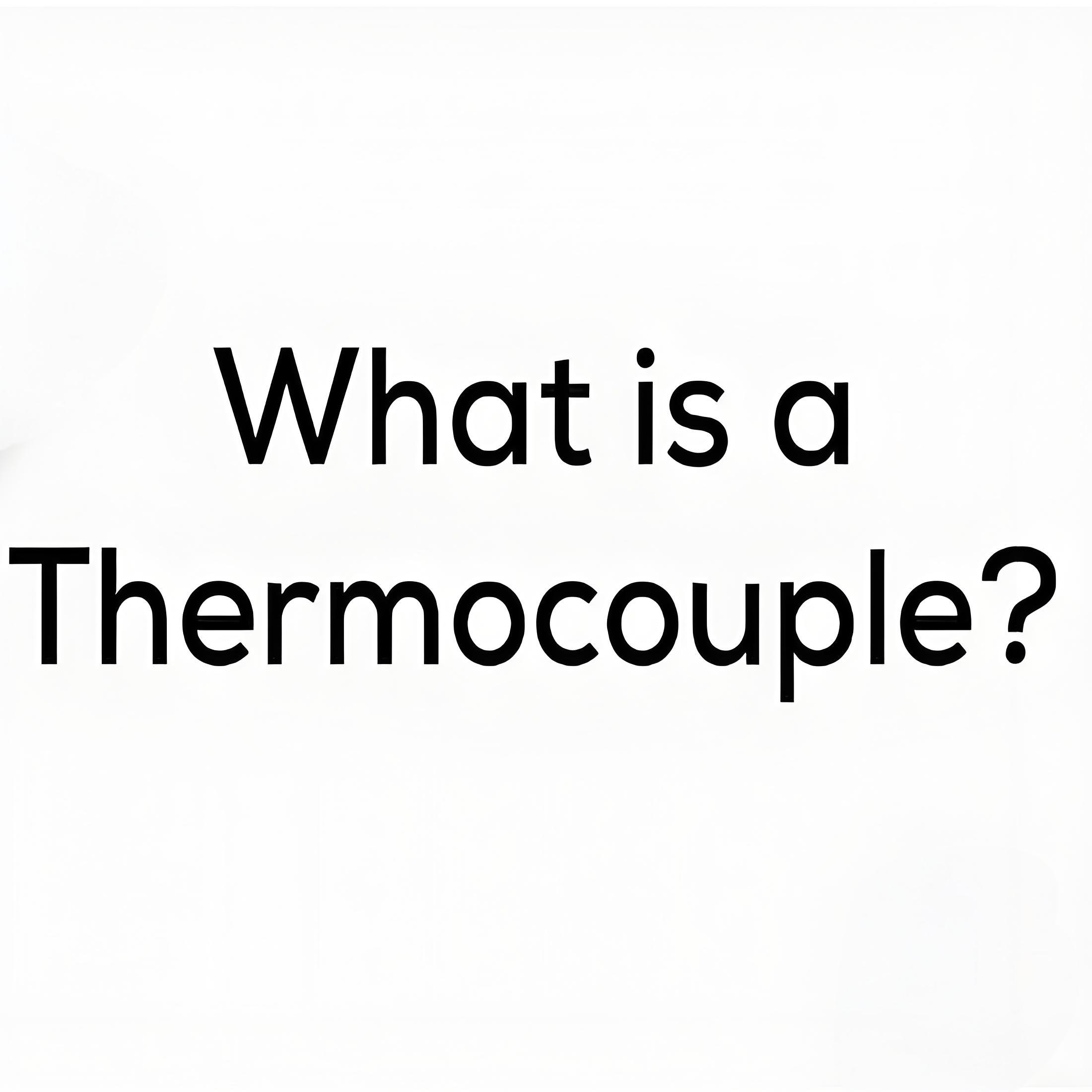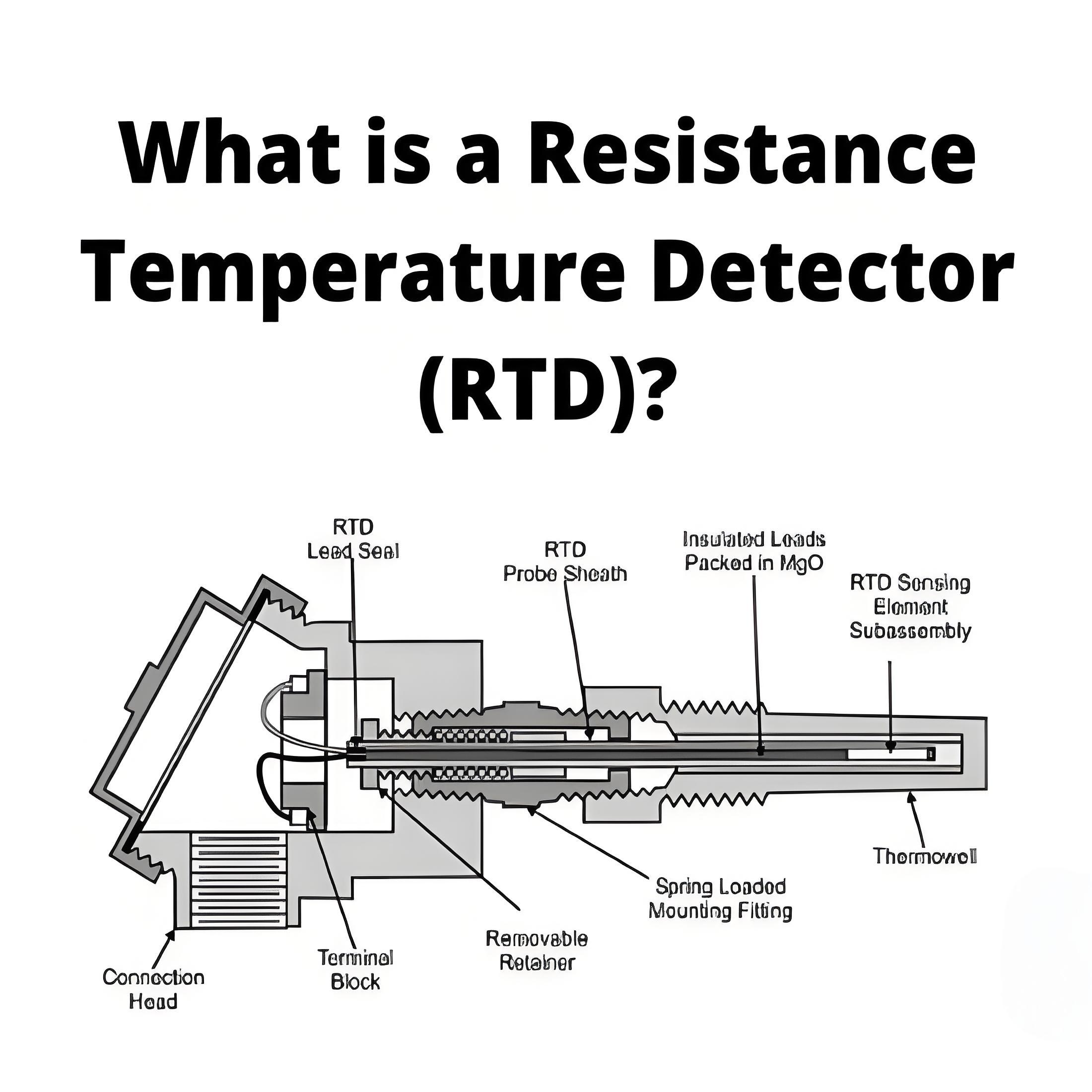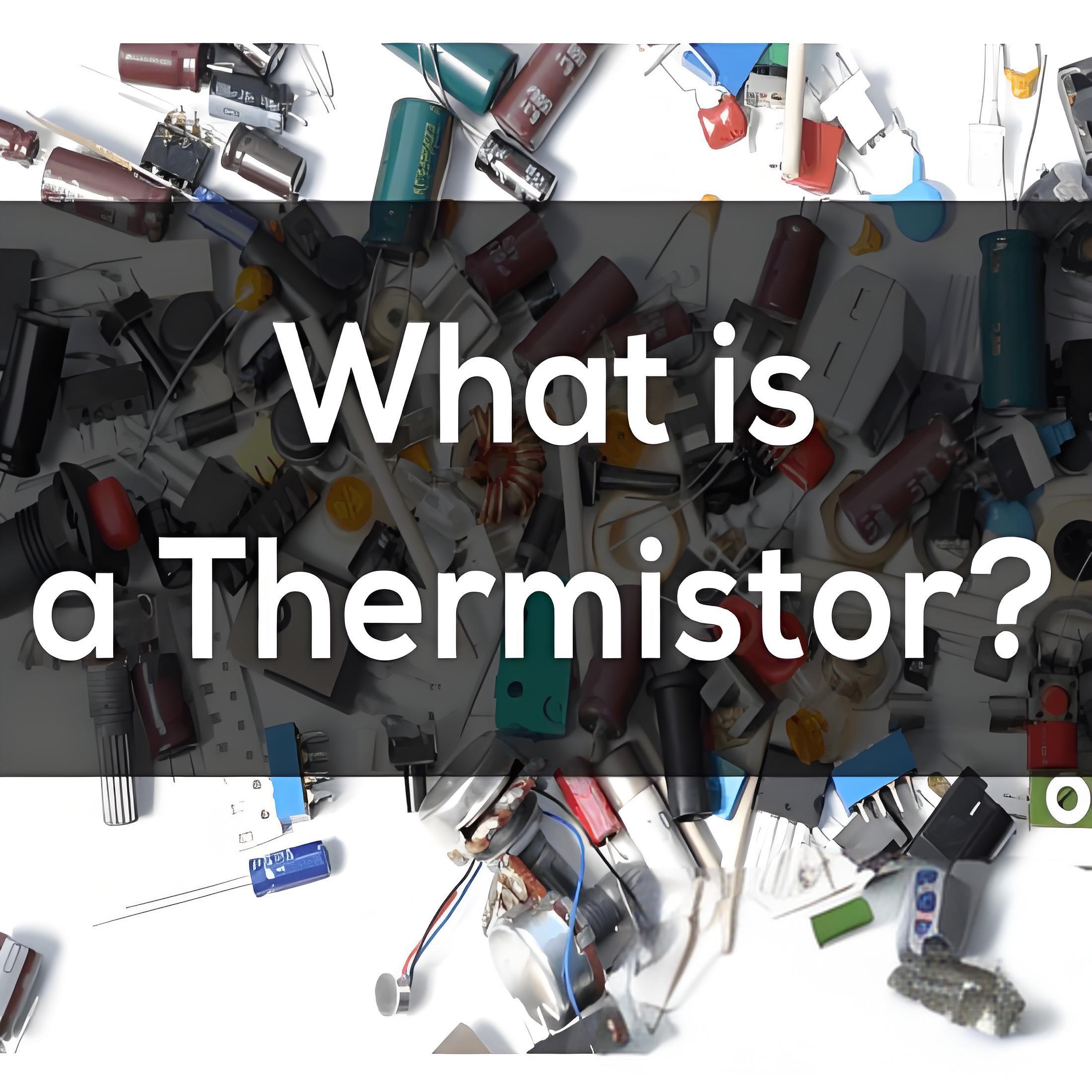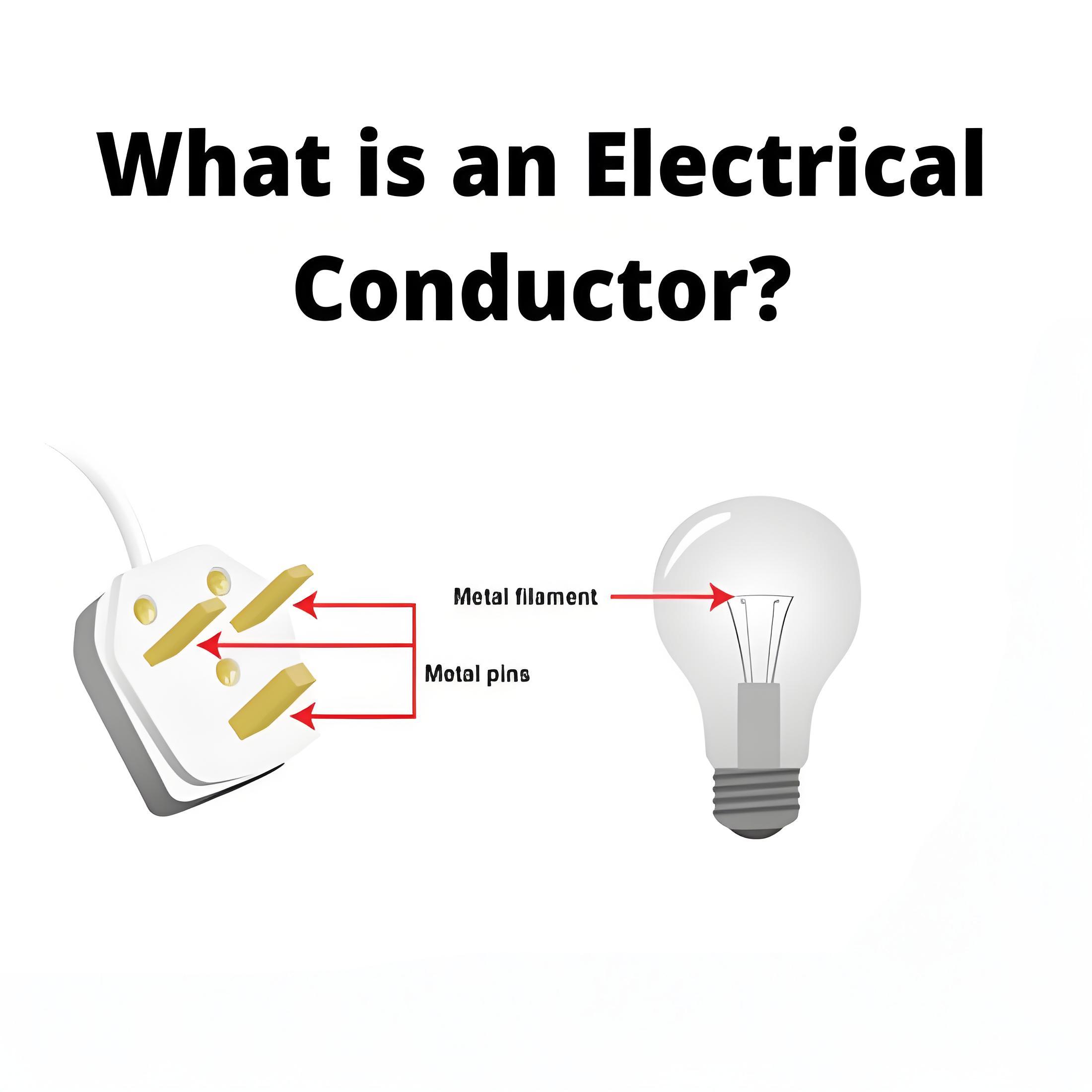What is a Pure Sine Wave Inverter?
What is a Pure Sine Wave Inverter?
Pure sine wave inverter definition
A pure sine wave inverter is a device capable of converting direct current (DC) into alternating current (AC) that is very close to the ideal sine wave form. The quality of the alternating current generated by this type of inverter is very high, almost equivalent to the quality of the power provided by the mains grid, so it is suitable for occasions where the quality of the power supply is high.
Working principle
The core technology of pure sine wave inverter is how to generate high quality sine waveform. This usually involves using pulse width modulation (PWM) technology to control high-speed switching elements such as IGBTs or MOSFETs in order to generate a series of pulse sequences with varying widths. These pulse sequences, after being properly filtered, can form an alternating current close to the ideal sine wave.
Pure sine wave inverter advantages
High quality output waveform: The AC waveform produced by pure sine wave inverters is very close to the ideal sine wave, which makes the output voltage stable and pure, suitable for most household appliances and sensitive electronic devices.
Low distortion: Compared with the modified sine wave inverter, the output waveform of the pure sine wave inverter is less distorted, which means that it can better simulate the mains supply.
High efficiency: Due to the use of advanced control algorithm and switching technology, the conversion efficiency of pure sine wave inverter is higher.
Reliability: Advanced protection mechanisms, such as overload protection, short circuit protection and overheat protection, are usually used to ensure long-term reliable operation.
Low noise: The electromagnetic interference (EMI) generated during operation is small, and will not affect the surrounding electronic equipment.
Difference with modified sine wave inverter
Output waveform: The output waveform of the pure sine wave inverter is very close to the sine wave, while the output waveform of the modified sine wave inverter is composed of several rectangular waves, close to the step shape.
Scope of application: Pure sine wave inverters are suitable for all types of loads, especially those that are sensitive to power quality; Modified sine wave inverters may not be suitable for some sensitive loads.
Cost: Pure sine wave inverters typically cost more than modified sine wave inverters because they use more sophisticated control techniques and higher manufacturing standards.
Apply
Home backup power supply: Provide emergency power for the family in the event of power failure to ensure the normal use of household appliances.
Solar power generation system: converts direct current generated by solar panels into alternating current, which is incorporated into the grid or for household use.
Vehicle power supply: AC power supply for cars, ships and other vehicles to meet the needs of various electrical equipment.
Communication base station: provides a stable AC power supply for communication base stations to ensure the normal operation of communication equipment.
Industrial equipment: To provide pure sine wave AC for some industrial equipment with high power quality requirements, such as precision instruments, medical equipment, etc.
Sum up
Pure sine wave inverter is an important power electronic equipment, with good output waveform, high conversion efficiency, high reliability, low noise characteristics, widely used in home, solar power generation, vehicle power supply, communication base station, industrial equipment and other fields. In the selection, the appropriate input voltage, output power, output waveform quality, conversion efficiency, protection function and brand quality should be selected according to the actual needs to ensure that the inverter can meet the requirements of the load equipment, and safe and reliable operation.
Welcome to our electricity community! Established to facilitate the exchange and cooperation in the electricity industry and bridge professionals, enthusiasts, and related enterprises.





